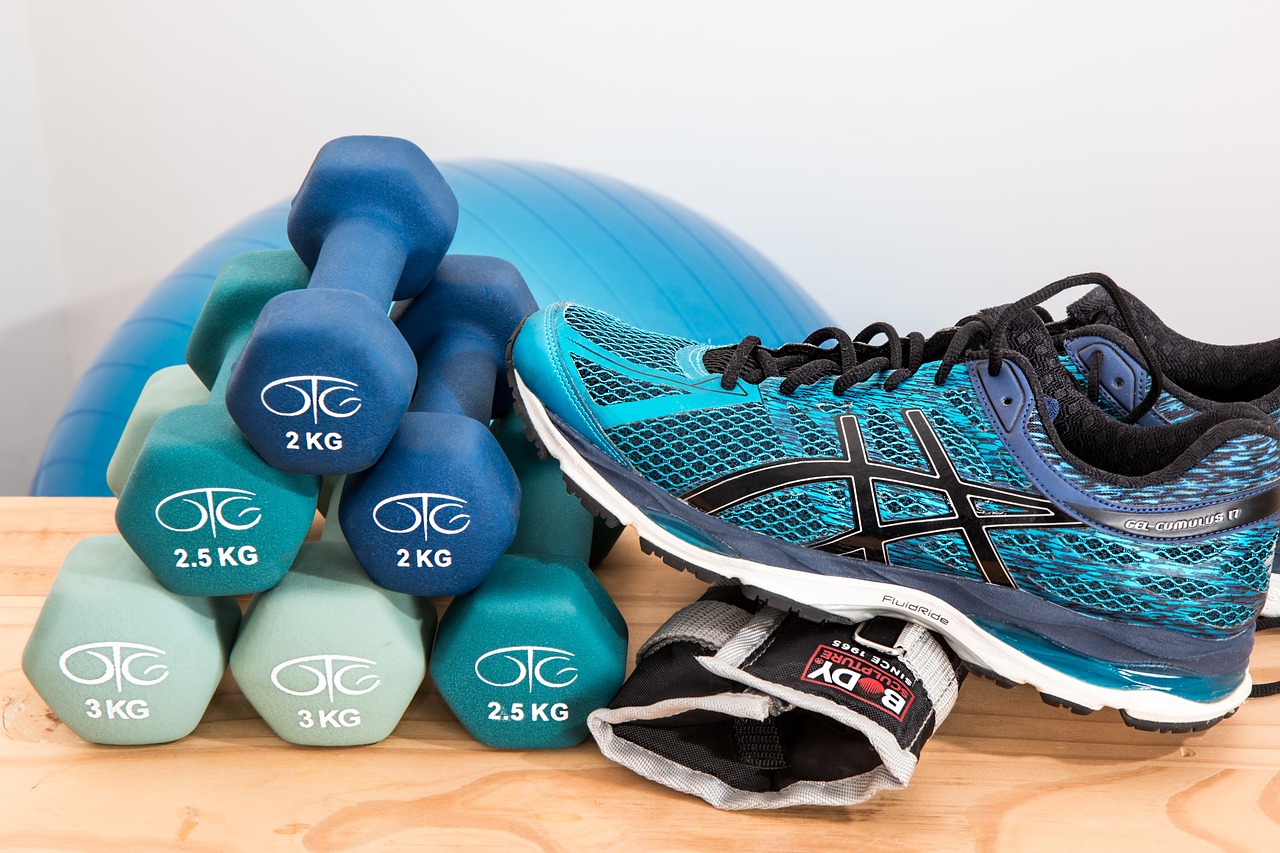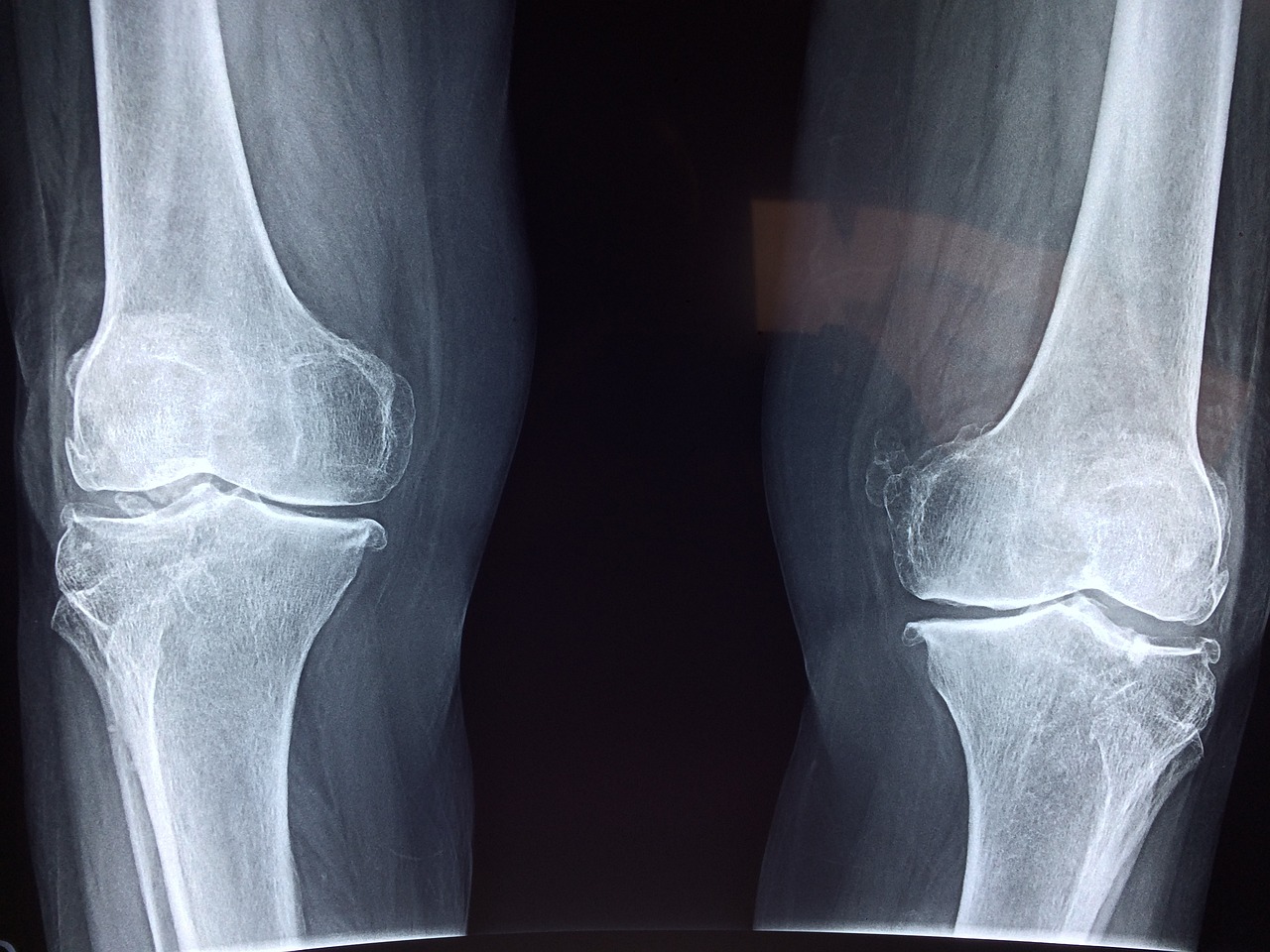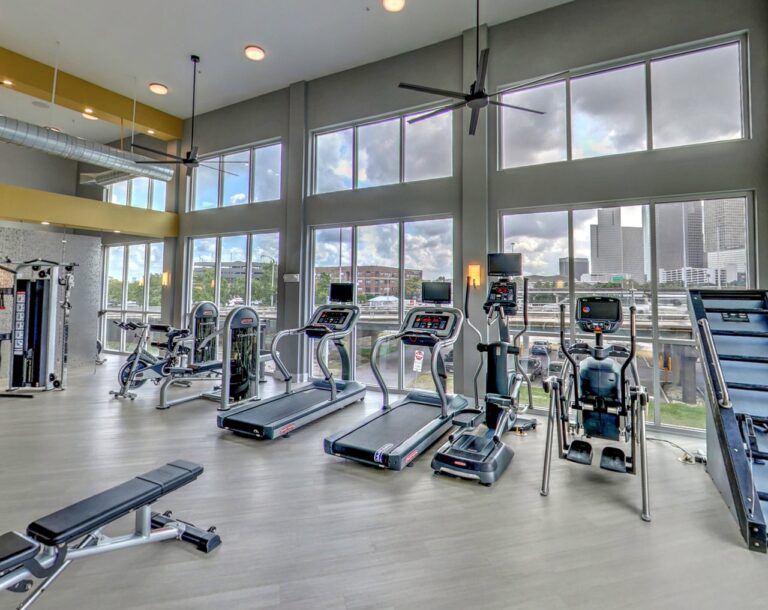Why Strength Training Is Essential For Postmenopausal Bone Health
Reaching menopause is a major milestone marking the end of a woman’s reproductive years. While liberating in some regards, menopause also ushers in a variety of changes and health concerns. One of the most pressing is the rapid decline in bone mineral density that occurs during the first 5-7 years after menopause due to plummeting estrogen levels. This accelerated bone loss increases a woman’s risk for developing osteoporosis and suffering broken bones later in life.
The good news? Research shows that strength training exercise is highly effective at slowing bone loss after menopause and even building bone density. Given this, resistance exercise should be a primary strategy used by postmenopausal women to preserve bone health. Understanding why bone loss occurs and how strength training counteracts it can help you fully appreciate the value of pumping some iron.
Why Estrogen Decline Leads to Bone Loss
Estrogen plays a key role in regulating bone remodeling, which is the constant process of old bone being broken down and new bone being formed to replace it. Estrogen inhibits bone resorption, which is the breakdown phase. After menopause, low estrogen removes this inhibitory effect, tipping the scales towards more resorption. The end result is a rapid decline in overall bone mass and density.
In the first 5 years after menopause, women lose bone density at a rate of 3-5% per year. This leads to an average loss of 15-20% of bone density in the spine, hips and wrists during the 5-7 years following menopause. As you can imagine, this accelerated bone loss significantly raises the risk of developing osteoporosis later in life. This disorder is characterized by weak and brittle bones prone to fracture and postmenopausal women are 4 times more likely to suffer osteoporotic fractures than breast cancer.
Use It or Lose It: How Strength Training Builds Bone

Our bones respond to the demands we place on them. When subjected to increased load and impact through exercise, bone remodeling tips back towards more formation. The end result is denser, stronger bones.
Strength training provides the type of targeted loading that optimally stimulates bone growth. When you perform resistance exercises using your own body weight, weight machines, free weights or resistance bands, your muscles pull against your bones. This places stress on the bones that triggers remodeling and formation of new bone.
Research confirms that regular strength training 2-3 times per week effectively counteracts bone loss in postmenopausal women. A review of 11 studies found that strength training preserves bone mineral density at the spine and hip. What’s more, a meta-analysis of randomized controlled trials concluded that resistance exercise maintains or even increases bone density in postmenopausal women.
The findings were most profound at the neck and spine, with smaller effects seen at the hip. Engaging in a multi-component exercise program that includes a combination of aerobic, strength and high impact activities may provide the greatest bone density benefits for postmenopausal women.
Strength Training Tips for Postmenopausal Women
To reap the most rewards for your bones, aim for the following strength training guidelines:

- Train 2-3 times per week with rest days in between.
- Work major muscle groups – legs, hips, back, chest, shoulders, arms.
- Perform 8-12 reps to fatigue per set.
- Lift heavier weights (~60-80% 1 rep max).
- Include weight-bearing moves – squats, lunges.
- Vary exercises to continually challenge your body.
Some excellent strength moves to incorporate are:
– Squats (bodyweight, dumbbells, resistance band squats)
– Deadlifts (kettlebell, dumbbell)
– Lunges (forward, reverse, side)
– Step ups
– Pushups (wall, incline, knee)
– Planks (can add arm/leg lifts)
– Bicep curls
– Tricep extensions
– Rows (seated, standing)
– Shoulder presses
Make sure to lift with proper form to avoid injury. Start with lighter weights and higher reps to perfect your technique before increasing the challenge. And do some balancing moves like standing on one leg to enhance stability and prevent falls.
Other Benefits of Strength Training After Menopause
Preserving bone health is arguably the most pressing reason for menopausal women to pick up weights. But strength training offers numerous other benefits to your physical and mental health:
– Maintains or increases lean muscle mass to prevent age-related sarcopenia
– Strengthens connective tissues – joints, tendons, ligaments
– Boosts muscle and bone strength for daily activities
– Improves mobility, balance and stability
– Prevents loss of independence and physical frailty
– Supports long term functional fitness
– Reduces chronic disease risk – diabetes, heart disease
– Enhances metabolic rate to help manage weight
– Improves body composition by decreasing body fat
– Lowers risk of anxiety and depression
– Reduces stress and elevates mood through endorphin release
– Improves self-confidence, self-esteem and body image
Sample 1 Week Strength Routine Plan
If you’re new to strength training, try this sample weekly workout plan to get you started. Adjust the exercises and schedule to fit your needs and abilities.
Monday: Full Body
– Goblet squats – 3 sets x 10 reps
– Pushups – 3 sets x 8 reps
– TRX rows – 3 sets x 10 reps
– Side lunges – 3 sets x 10 reps per side
– Calf raises – 3 sets x 15 reps
Tuesday: Rest
Wednesday: Upper Body
– Overhead press – 3 sets x 10 reps
– TRX bicep curls – 3 sets x 12 reps
– Bench pushups – 3 sets x 10 reps
– Lateral raises – 3 sets x 12 reps
– Tricep Dips – 3 sets x 10 reps
Thursday: Lower Body
– Sumo deadlift – 3 sets x 8 reps
– Step ups – 3 sets x 10 reps per side
– Band walks – side, forward, backward – 3 rounds
– Wall sit – 3 sets x 30 seconds
– Bridge – 3 sets x 15 reps
Friday: Rest
Saturday: Total Body Circuit
– Jump squats – 10 reps
– Pushups – 10 reps
– Rows – 10 reps
– Mountain climbers – 20 reps
– Plank – 30 seconds
Complete circuit 3-5 rounds with 30-60 seconds rest between exercises.
Sunday: Rest

Commit to a Plan and Stick with It
Implementing a strength training program requires dedication and commitment, especially when you’re just getting started. But don’t get discouraged if progress seems slow. Stay consistent and be patient with yourself. You may not notice obvious results right away but have faith that less visible changes are happening to strengthen your bones, muscles and connective tissues.
Before you know it, you’ll start feeling more confident, energetic and empowered. Your perseverance will pay off with huge rewards to your health, fitness and vitality for years to come. And just imagine how much easier everyday activities like lifting groceries or playing with grandchildren will become. Strength training now is truly an investment in your future wellbeing.
The bottom line is it’s never too late to start! Take charge of your bone health today by making strength training a priority. Your bones and body will thank you.






